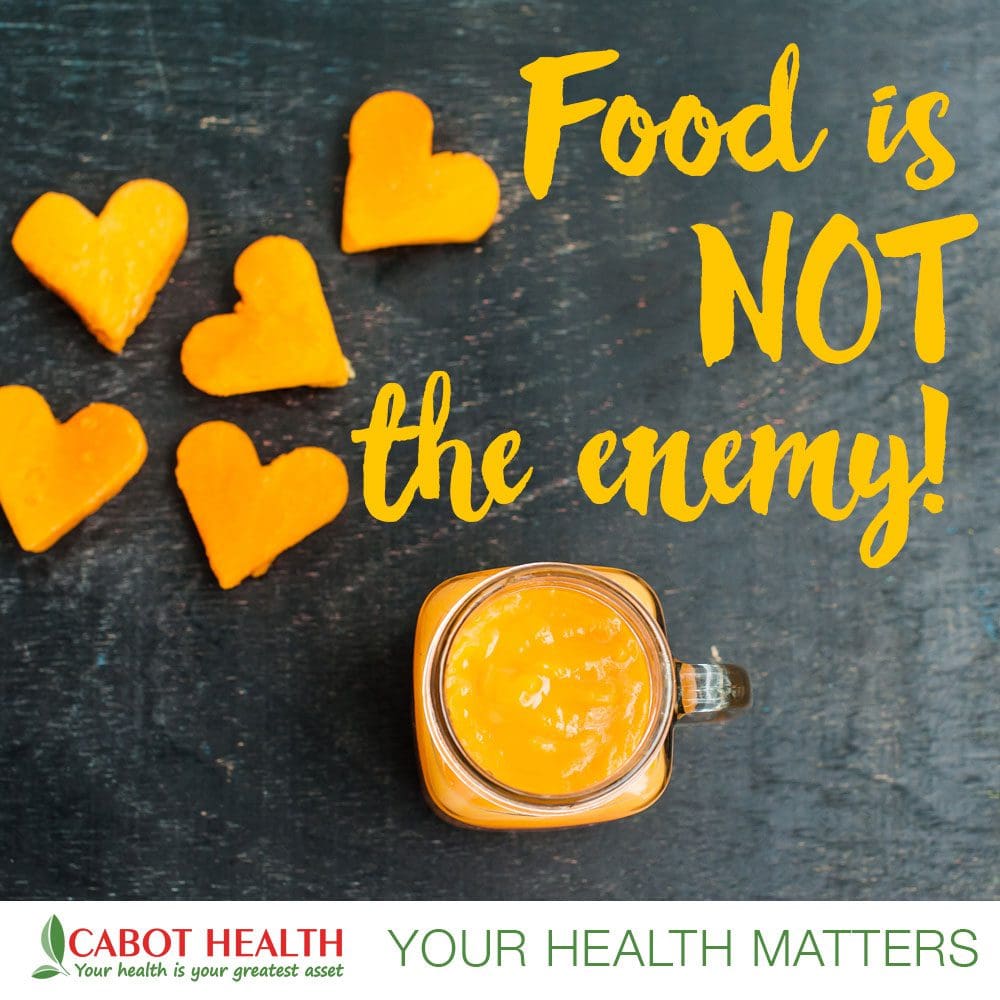10 tips for relieving PMS and cramps
By Nutrition Consultant Jessah Robinson
PMS (Premenstrual syndrome) is the term used to describe the symptoms such as headaches, fatigue, bloating, food cravings, skin issues, mood changes and cramps that many women can experience during the week or two before their period. PMS is not only difficult for the person experiencing these symptoms, but also can be unbearable for the family, partner or close friends of the individual.
What causes PMS?
While there are several risk factors such as family history, stress and increasing age to consider, it is the fluctuation in the sex hormones progesterone and oestrogen that have proven to play a large part in PMS symptoms. Researchers have found that women who have too much oestrogen compared to progesterone (oestrogen dominance) experience anxiety and depression. While women who don’t have enough oestrogen compared to progesterone experience depression during the pre-menstrual phase.
Follow these tips to reduce PMS and cramps

1. Increase your fibre intake
Good fibre sources include fresh vegetables and fruits, nuts, seeds and wholegrains. Leafy green vegetables and cruciferous vegetables such as broccoli, Brussels sprouts, cauliflower, cabbage, spinach and kale are especially good for their sulphur content that supports the detoxification pathways in the liver which break down excess levels of oestrogens and toxic chemicals that increase hormonal imbalances.

2. Consume more good fats
By good fats we are referring to oily fish such as salmon, sardines, mackerel and tuna as well as nuts and seeds such as flaxseeds, chia seeds, walnuts and almonds which are excellent for reducing pain and inflammation throughout the body. Consuming ½ an avocado daily helps to naturally balance hormones due to its high nutritional profile which includes healthy fat, fibre, magnesium and potassium.

3. Avoid refined carbohydrates, sugar and processed foods
Refined carbohydrates are converted into sugar in the body and sugar causes blood sugar levels to fluctuate which can exacerbate mood swings, headaches or trouble concentrating. Sugar also depletes the body of essential minerals. Processed foods are often high in trans fats and hydrogenated fats which can worsen PMS symptoms. Avoiding these foods will aid weight loss, reduce hormonal imbalances and stabilise blood sugar levels.

4. Reduce caffeine and alcohol intake
Coffee and alcohol are dehydrating and can worsen symptoms such as depression, anxiety and breast tenderness. By reducing these beverages, you will notice a reduction in anxiety, mood changes, fluid retention, headaches, breast pain and breast tenderness.

5. Eat some first-class protein with every meal
By first class protein we are referring to eggs, poultry, seafood, lean meat and whey protein powder. Plant-based protein can be obtained by combining three of the following at one meal –grains, nuts, seeds and legumes. Including a protein source with every meal will help to stabilise blood sugar levels, prevent sugar and junk food binges, increase energy levels, increase insulin sensitivity and aid weight loss.

6. Manage stress
PMS can rear its ugly head for the first time or become much worse after severe or prolonged stress such as relationship difficulties, financial problems or work-related stress. It’s important to find ways to reduce stress such as reading a book, doing some yoga or meditation or listening to some relaxing music. Immerse yourself with positive energy by thinking positive thoughts or spending time with a loved one.
Dr Cabot has written an excellent book called ‘Hormones: Don’t Let Them Ruin Your Life’ which contains plenty of information regarding a number of hormone issues and what can be done to naturally balance your hormones.

7. Drink more water
Try to increase your water intake to 2-3 litres of water a day, or drink herbal teas. Chamomile tea is excellent for relieving menstrual cramps and dandelion tea can relieve bloating, water retention and menstrual cramps. Sufficient hydration will aid weight control, reduce headaches, improve skin and hair health, boost energy levels and improve mental focus and memory.

8. Exercise regularly
A regular exercise program that encompasses some cardio and resistance training is essential for our overall health as well as being a great way to balance hormones, reduce stress and release “feel good” hormones. Exercise also reduces muscle spasm and tension and improves the blood supply to the hormonal glands which is very beneficial for PMS sufferers. It’s recommended to get at least 30 minutes of exercise a day, even if it’s just a walk around the block.

9. Minimise toxin exposure
Toxins such as those found in processed foods, personal care products, cleaning products, car fumes and industrial chemicals contain hormone-disruptors that mimic our natural hormones and prevent out body from producing real hormones. As PMS is often caused by excess oestrogen, it is essential to try and minimise your toxin exposure. Avoid using microwaves, store your food in glass containers, buy organic produce when you can, and use natural cleaning products. These changes are easy to incorporate into your lifestyle and are definitely worth it!

10. Have some magnesium
Magnesium is a vital mineral that many people are deficient in and women with PMS have been found to have lower levels of magnesium in their blood cells, compared to PMS-free women. Women with a magnesium deficiency often suffer from sugar cravings, particularly chocolate, and taking a magnesium supplement can often curb these chocolate cravings. Magnesium deficiency can cause muscular cramps, palpitations, anxiety, insomnia and headaches. As magnesium is a muscle relaxant, taking magnesium can relieve menstrual cramps and treat a wide range of PMS symptoms.
















Leave A Comment